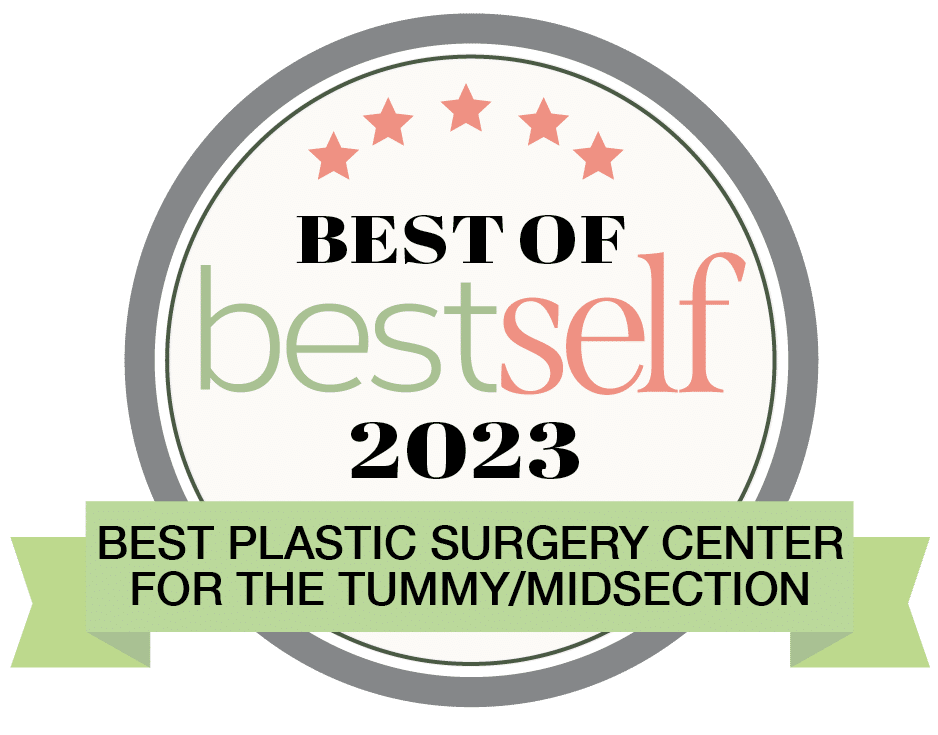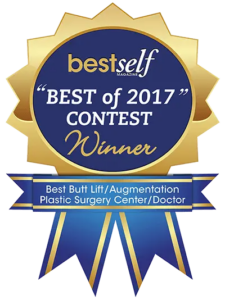Popular Keywords
Categories
We're sorry, there are no results for that search term. Please try another, or contact us with any questions.
We're sorry, there are no results for that search term. Please try another, or contact us with any questions.
Georgia Plastic & Reconstructive Surgery is the premier cosmetic plastic surgery practice for men and women. We’re dedicated to surgical excellence, and patient safety and satisfaction – and it shows, in everything we do.





Our highly trained staff is committed to helping you achieve your ideal results. Dr. Okoro has decades of experience in a wide variety of both surgical and non-surgical procedures.
Let us help you change your life today!
Stretch marks, excess abdominal skin and loss of shape and volume in the breasts are common after pregnancy and breastfeeding are complete, leaving mothers uncomfortable with their bodies. Our Mommy Makeover procedures will turn back the clock and restore your smooth, tight skin.
When diet and exercise aren't enough, liposuction can eliminate your trouble spots or unwanted fat. Imagine - a new you!
Over time, a woman's breasts can begin to lose shape and elasticity for a variety of reasons. Our breast lift procedure will add vitality and definition back to your bustline and create a figure that is both natural and symmetrical.
We offer a wide range of non-surgical and surgical cosmetic treatments from facial rejuvenation, body contouring, Brazilian buttock lift, breast enhancement, Cellulaze Cellulite treatment, fat transfer, Smartlipo, Tumescent liposuction, mini tummy tuck, tummy tuck, Lipoabdominoplasty to hair transplant with SmartGraft, ThermiTight, & vaginal rejuvenation.
Our doctors have been featured in countless interviews and TV Shows. Click the links below to watch, and be sure to follow us on Youtube!